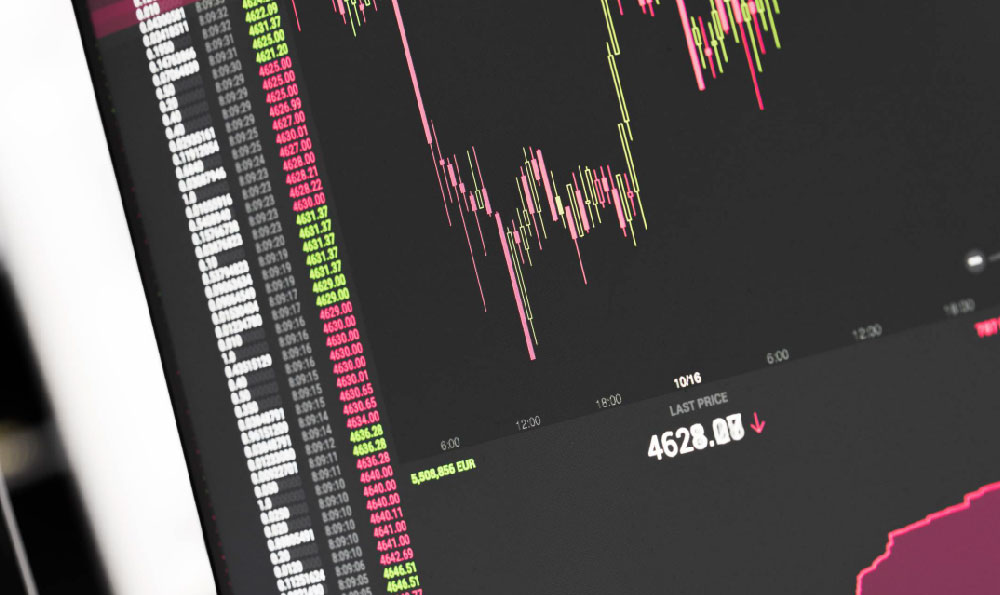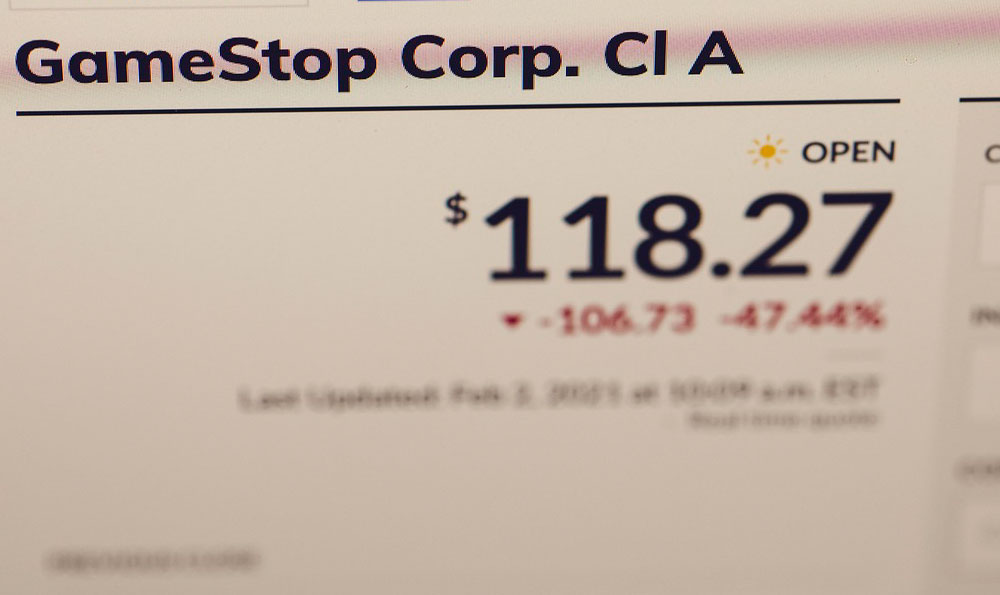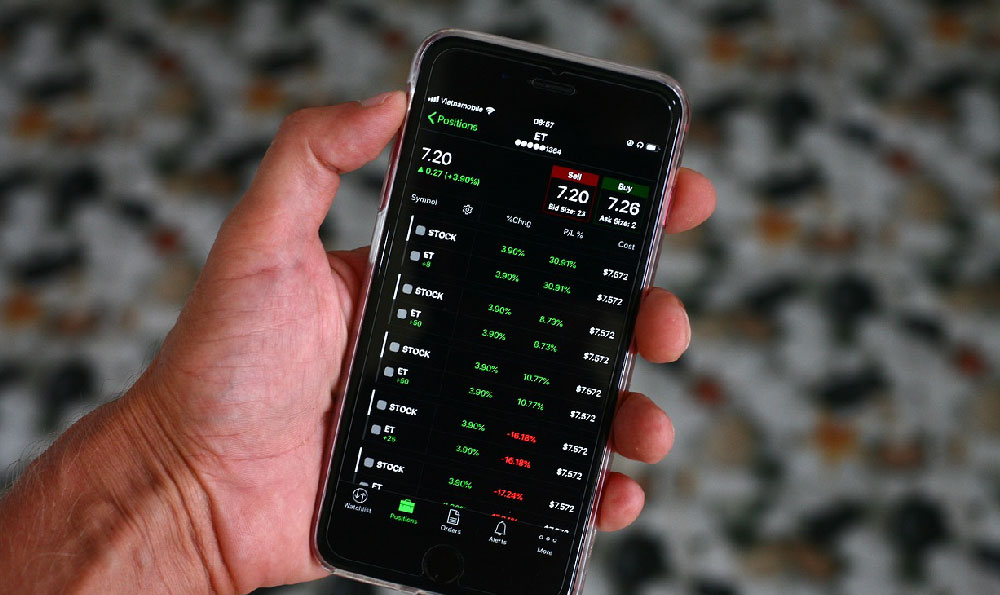Alright, here's an article exploring the earning potential of driving for Uber, written with the requested specifications:
How much you can realistically earn driving for Uber is a question loaded with variables. It's not a simple "X dollars per hour" equation. The potential is there, yes, but understanding the intricate factors that influence your take-home pay is crucial before you jump behind the wheel expecting instant riches. Thinking of Uber as a consistent, reliable source of high income without meticulous planning and adaptation is a surefire path to disappointment.
One of the most significant determinants of your earning potential is your location. Uber operates in a dynamic marketplace, and demand fluctuates wildly depending on the city, the time of day, and even specific events. A driver in a bustling metropolis with a thriving nightlife and regular concerts will generally have more opportunities for fares than someone in a smaller suburban town. Even within the same city, earnings can vary dramatically based on which areas you primarily operate in. Downtown cores, entertainment districts, and airport zones tend to offer higher and more frequent ride requests.

Beyond location, the timing of your driving sessions plays a critical role. Peak hours, such as morning and evening commutes, weekend nights, and special events, often trigger surge pricing. Surge pricing is Uber's mechanism for incentivizing drivers to meet increased demand. When demand exceeds the available drivers, fares are multiplied by a factor (e.g., 1.5x, 2x, or even higher). Successfully capitalizing on these surge periods is paramount to maximizing your earnings. This often means strategically planning your driving around these peak times and being willing to work when others aren't.
The type of vehicle you drive also has implications for your earnings. Uber often has different service tiers, such as UberX (standard rides), UberXL (for larger groups), and Uber Comfort (for newer, more spacious vehicles). While UberX might be the most common, drivers with larger vehicles capable of accommodating more passengers might be eligible for UberXL, which typically commands higher fares. Similarly, drivers with newer and more comfortable vehicles might qualify for Uber Comfort, which also tends to offer better pay. The eligibility criteria for these tiers, of course, will vary depending on the specific market.
Expenses are a critical factor often overlooked by prospective Uber drivers. The gross earnings you see on the app are not your actual profit. You are responsible for all the costs associated with operating your vehicle, including gas, maintenance, insurance, and depreciation. Fuel costs can be a significant expense, especially for drivers who cover long distances. Regular maintenance, such as oil changes and tire rotations, is essential to keep your vehicle running smoothly and avoid costly repairs. Insurance premiums can also be higher for drivers who use their vehicles for commercial purposes. And finally, the value of your vehicle depreciates over time due to wear and tear. Failing to account for these expenses can lead to a distorted view of your true earnings. Meticulously tracking your mileage and expenses is crucial for accurately assessing your profitability.
Furthermore, your driving style and passenger ratings can influence your income. Drivers who maintain high ratings tend to receive more ride requests and are sometimes eligible for bonuses or other incentives. Providing excellent customer service, maintaining a clean and comfortable vehicle, and driving safely are all important for earning positive ratings. Conversely, drivers with low ratings may see a decrease in ride requests or even be deactivated from the platform. Safe driving habits also reduce the risk of accidents, which can lead to costly repairs, insurance claims, and lost earnings.
Another critical factor is the competitive landscape. The number of other Uber drivers in your area directly impacts the frequency of ride requests. If there are too many drivers competing for the same pool of passengers, your earnings may be significantly reduced. It's essential to monitor the driver density in your area and adjust your driving strategy accordingly. Consider driving in different neighborhoods or at different times of day to avoid oversaturation.
Uber's payment structure can also vary depending on the market and the specific promotions offered. Uber typically charges a commission on each fare, which can range from 25% to 50% or even higher in some cases. Understanding the commission structure in your area is crucial for accurately calculating your net earnings. Additionally, Uber sometimes offers bonuses or incentives for completing a certain number of rides or driving during specific hours. These promotions can significantly boost your income, but it's essential to carefully review the terms and conditions to ensure you're eligible.
Beyond the core mechanics, consider the tax implications. As an independent contractor, you are responsible for paying your own self-employment taxes, including Social Security and Medicare taxes. These taxes can be a significant expense, so it's essential to set aside a portion of your earnings to cover them. Consulting with a tax professional is highly recommended to ensure you're compliant with all tax regulations.
In conclusion, while the potential to earn a decent income driving for Uber exists, it's far from a guaranteed path to riches. Success hinges on a complex interplay of factors, including location, timing, vehicle type, expenses, ratings, competition, and Uber's payment structure. Thorough research, strategic planning, meticulous expense tracking, and a commitment to excellent customer service are all essential for maximizing your earnings. It's not a passive income stream; it requires active management and adaptation to the ever-changing marketplace. Don't fall for the allure of easy money; treat it as a business, and your chances of success will increase dramatically.












